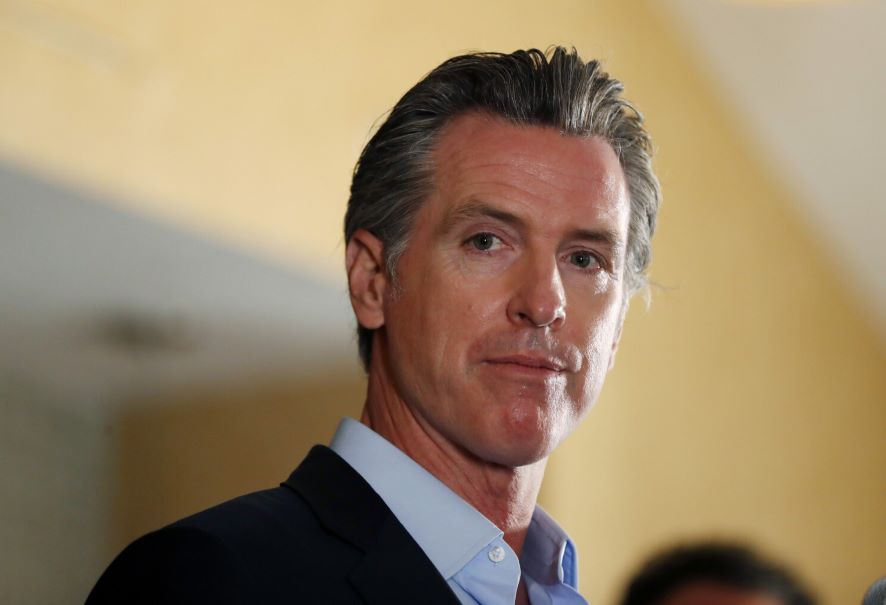Anamika Dey, editor
Synopsis
- Mark Carney, a former central banker, has been elected as the new leader of Canada’s Liberal Party and will succeed Justin Trudeau as prime minister, winning 86% of the votes in a party election.
- Carney faces significant challenges, including a trade dispute with the U.S. and the need for a general election soon, as he aims to revitalize the Liberal Party and address economic issues.
- His election marks a historic moment as he is the first outsider without significant political experience to become prime minister, and he plans to call for an election within weeks, despite polls indicating a tight race with the Conservative Party.
Detailed
Former central banker Mark Carney won the campaign to become head of Canada’s ruling Liberal Party and will succeed Justin Trudeau as prime minister, official results indicated on Sunday.
Carney will take over at a challenging time in Canada, which is in the midst of a trade dispute with longstanding ally the United States and must face a general election soon.
Carney, 59, took 86% of votes cast to beat former Finance Minister Chrystia Freeland in a campaign in which just under 152,000 party members voted.
After more than nine years in power, Trudeau made the announcement in January that he would step down. His approval rating had plummeted, which compelled the Liberal Party, which was in power at the time, to hold a rapid election to find a new leader to succeed him.
“Make no mistake, this is a nation-defining moment. Democracy is not a given. Freedom is not a guarantee. Even Canada is not a given,” Trudeau said.
“Now, as Canadians face, from our neighbor, an existential challenge, an economic crisis, Canadians are showing exactly what we are made of.”
Carney, a political rookie, said that he was best situated to reinvigorate the party and to handle trade negotiations with U.S. President Donald Trump, who is threatening further tariffs that may destroy Canada’s export-dependent economy.
Carney was the front-runner, with the most endorsements from party members and the most money raised among the four Liberal candidates.
Carney’s election marks the first time an outsider with no significant political background has become Canadian prime minister. He has argued his expertise as the first person to serve as the governor of two G7 central banks – Canada and England – meant he was the best candidate to deal with Trump.
During the campaign, Carney stated he supported dollar-for-dollar retaliatory tariffs against the United States and a concerted plan to promote investment. He has consistently complained that Canada’s growth under Trudeau was not good enough.
The astonishing turnaround in Liberal fortunes can be attributed to a number of factors, including Trump’s tariffs and his repeated taunts to annex Canada as the 51st state of the United States of America, as well as the possibility of a new beginning for the Liberal Party under Carney.
An opportunity to rally around the flag
At the beginning of the year 2025, the party was trailing by twenty or more points; but, according to the results of various polls, it is now statistically tied with the official opposition Conservatives, which are led by Pierre Poilievre, a career politician.
At a demonstration that took place on Sunday in front of the Parliament building in Ottawa, Canada, dozens of Canadians put up signs that showed their disapproval of Trump without making any mention to domestic politics.
According to Richard Johnston, a professor of politics at the University of British Columbia, “There is a rallying-around-the-flag moment that we would never have predicted a year ago.” “As we speak, I believe that it is probably true that the Liberals have been saved from oblivion,” I said.
Two sources inside the Liberal Party claim that Carney will call for an election within the next several weeks.
The results of polls, on the other hand, suggest that neither the Liberals nor the Conservatives would be able to establish a government that would have a majority. Before the 20th of October, there must be an election.
There is a legal possibility that Carney may serve as prime minister without having a seat in the House of Commons; nevertheless, according to tradition, he ought to make every effort to obtain a seat as quickly as feasible.
After winning a fight for the leadership of the Liberal Party in 1984, John Turner became Prime Minister. At the time, he was not a member of the legislature.
In a recent advertising, liberals attempted to draw parallels between Trump and Pierre Poilievre, the head of the Conservative Party. Poilievre, in response, increased the number of strikes that he launched against Carney on Sunday.
When Poilievre was speaking at a campaign rally, he stated that the Liberals “are going to pull a sneaky trick tonight.” “They’re going to try to get elected for a fourth term by replacing Justin Trudeau with his economic adviser, Mark Carney. … Donald Trump will have a big smile on his face.”
Carney has downplayed any role he may have played in advising Trudeau, citing the fact that his numerous responsibility throughout the world left him with little time. Carney resigned from all of his business positions once he announced his intention to run for the presidency in January.
Source : CNBC news



